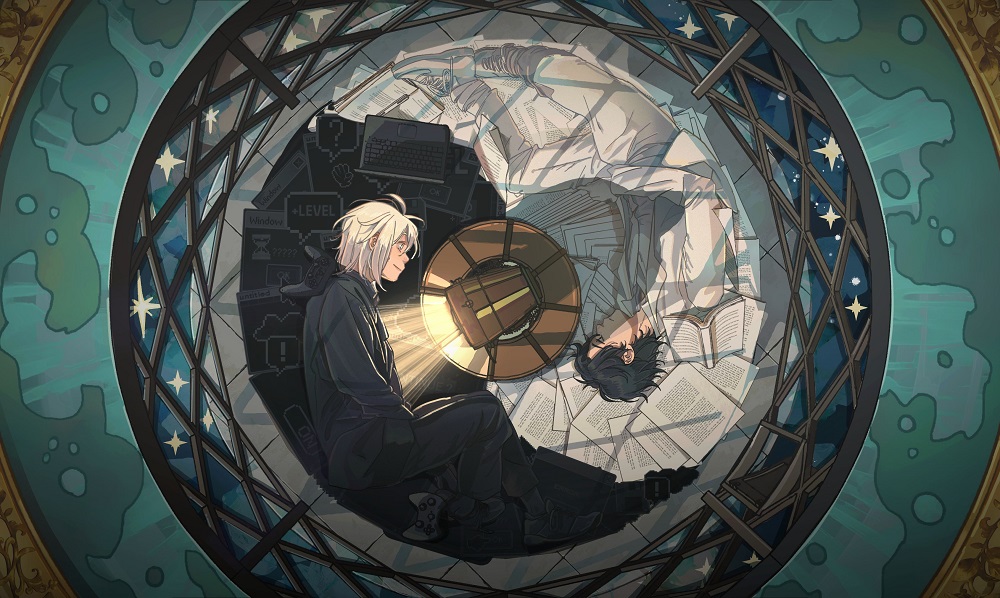
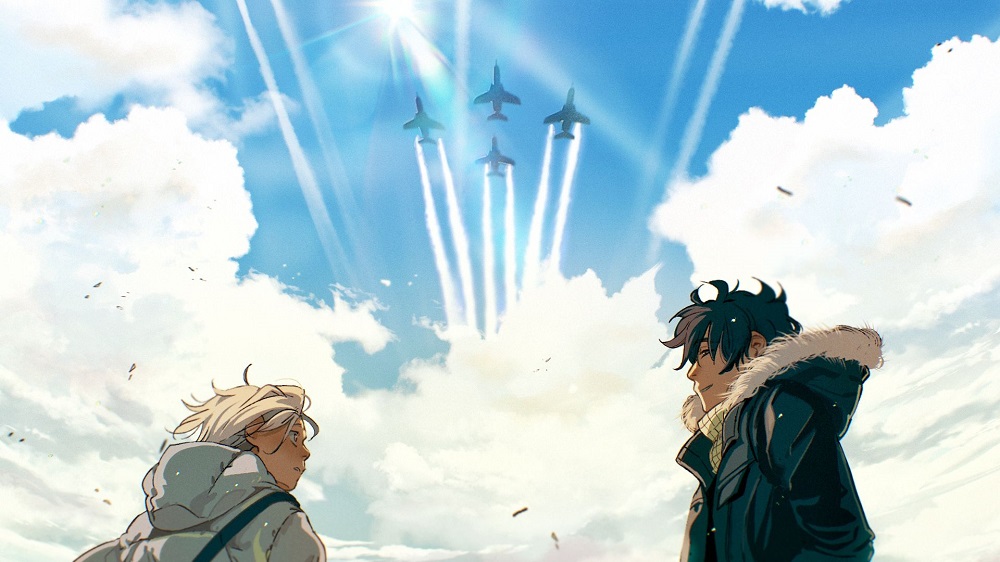




For someone who didn’t like manga and comics, but picked up the pencil and started creating manga only after her graduation in 2009, to winning the bronze at the 18th International Manga Award held recently in Japan, Diana Mekhled Alabbadi (popularly known as dee juusan), has come a long way.
“I’ve been drawing since childhood, and it’s my main language of communication. I only started working on manga after graduation in 2009. I didn’t like manga and comics, and I always gravitated towards animation for the music and movement. Little did I know, that once I picked up the pencil and started creating manga, that I’d find a world that is specifically built for me and fits who I’m as a person,” said the talented Jordanian artist and author of the manga series — “Grey Is…”.
“It’s been a huge pat on the back after 14 years of working daily, striving to improve and tell meaningful stories for a young audience. I hope anyone who checks out my work feels the passion I’ve poured into these pages and walks away with a positive feeling,” she added.
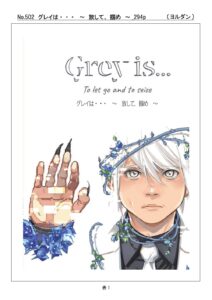
After graduating from college with a degree in architecture, dee pursued her passion of storytelling as a manga artist.
Twice Silent Manga Audition winner dee juusan was honored in January 2015 as part of the Masters Class Creators by Monthly Magazine Comic Zenon run by Coamix, Japan.
dee shared exclusively to Arab News Japan the story and challenges behind creating “Grey Is…” manga series.
“Grey is…’ was my first serious attempt and is my ongoing biggest body of work. It started as a short one-shot that I wanted to test my abilities with and write the themes I like to explore (friendship and self-discovery) in a story through characters that I like.
“As a manga artist in a country where the medium didn’t even exist back in 2010, being a webcomic artist was my only option. Designing and maintaining a website free of errors and bugs was a challenge, as was convincing people to stick with a slow-paced, nonlinear story with mystery elements from the start — especially when most people online were looking for quick, simple stories for entertainment or escapism.”
About the feedback and response for those who read “Grey Is…” manga series, dee said, “It’s been a great and rewarding journey. The build-up — both in the story and with the audience — has been slow, but there came a point when the beats started falling into place, and that’s when it became an exciting ride for both me and the readers.”
“I often receive comments about the raw and realistic way I approach topics like friendship, depression, loneliness, and childhood trauma, with many people feeling heard by my work. I’m deeply grateful to them for giving me their time and trust in following and supporting the story. I’ll continue to do my best,” she added.
“Grey Is…” won the bronze award at the (18th International Manga Award) that was held earlier this year in Japan.
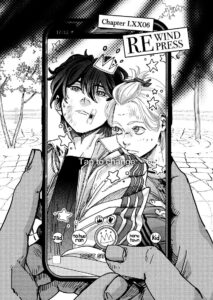
“It was an unbelievable feeling; it’s exactly what I’ve always wanted for Grey is… I’m incredibly thankful and humbled by this recognition. As I’ve mentioned, the nature of the story and the platform it’s primarily on, can make it hard for new readers to discover and dive into it. I’ve always hoped for some kind of recognition to give the series a real chance, and while some may not end up liking it, I believe many would at least be curious and give it a try, especially now that it’s been acknowledged by what’s essentially the Oscars of manga,” dee shared her expression of winning the award.
“It’s been a huge pat on the back after 14 years of working daily, striving to improve and tell meaningful stories for a young audience,” she added.
About distinguishing “Grey Is…” from other manga stories, dee said: “Grey is… is an emotional coming-of-age manga about the messy journey of self-discovery, friendship, and the delicate balance between emotion and reason. Friendship, especially between men, isn’t often explored in media, and is usually a supporting theme, or only present in fantasies or war stories where the stakes are high and you can lose your best friend to death or darkness. Through Grey is…, I aim to write about friendship, hope, and platonic relationships for young adults, in the modern world we live in, which has its own brand of darkness — loneliness”.
“Grey is… offers a broader perspective and an introspective look into relationships that aren’t purely romantic, because those are just as important. Through it, I hope to offer a sense of hope and address the past traumas many of us have faced, reframing them in a way that encourages peace and progress, instead of surrendering to despair and depression.
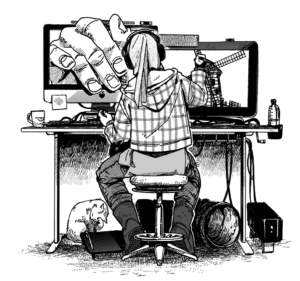
“Being my own creation, I have the freedom to tackle the rawness and reality of heavy themes without needing to change the tone or storytelling for a more marketable, mainstream appeal. Healing and growth are messy, nonlinear processes, and Grey is… is my attempt to handle complex emotional issues with nuance and care, telling it as it is.
“In the end, it’s a work from someone who was never formally taught manga, who got curious and started drawing day by day, developing a style and voice over the past 14 years. I hope anyone who checks out my work feels the passion I’ve poured into these pages and walks away with a positive feeling,” she added.
About her inspiration for Japanese anime & manga, dee said: “I grew up watching anime without knowing it’s Japanese or that it’s called anime. ‘The World Masterpiece Theatre’ was dubbed into Arabic and it instantly caught my attention more than anything else. I loved the morals, the range of emotions and themes expressed and of course the art, animation and music.”
“Makoto Shinkai’s work, especially 5 Centimeters Per Second, was eye-opening for me in college. Before then, I mainly watched Shounen or school romance anime, thinking those were the only genres you could write in. Shinkai’s film showed me that anime can also be a literary, introspective, and poetic medium,” she added.
dee visited Japan few times and went to various places over there. “In Tokyo, I spent much of my time in Kichijouji and I love that area so much. I had the privilege of visiting Takamori in Fukuoka, Hakodate up north, Gifu and Rabbit Island in the south,” dee said.
“Gifu has a very dear place in my heart and I wish to visit it again for a longer period. It’s such a magical place to me, visually, the atmosphere, architecture and nature. I just want to walk in the alleys and sit by the river and draw. Also, I had the best experience of my life visiting Rabbit Island because I planned and did it all on my own. The excitement was exhilarating,” she added.
About the beginning of her journey in creating illustration and manga stories, dee said: “I’ve been drawing since childhood, and it’s my main language of communication. I only started working on manga after graduation in 2009. I didn’t like manga and comics, and I always gravitated towards animation for the music and movement. Little did I know, that once I picked up the pencil and started creating manga, that I’d find a world that is specifically built for me and fits who I’m as a person”.
“In 2009, I drew a one-shot about an artist missing an important layer in life, and it was the first time I try to tell a full story through the medium of manga,” she added.
About the challenges that she faced during her career in manga industry, dee said: “Everything outside of the drawing desk is a challenge for me to be completely honest. Promoting the work, printing the work (especially), marketing the work and interacting with everyone to the best of my abilities. That last one is getting easier with time, though, and I have some of the most considerate readers so I very much appreciate how they make it easier for me and help me enjoy the process of going out there.”
Regarding her upcoming projects, dee said: “I’m currently working on the 10th book of Grey is…, which is my main focus right now. Also, I want to set aside some time to plan and organize a story that’s been on my mind for five years: a fictionalized autobiographical manga about my father, may he rest in peace. I began taking notes for it while he was still alive, and even with the shift in genre and tone after his passing, I still hope to create it one day as a celebration of the unique person he was.”
About her recommendations for those who want to create manga stories, dee said: “Create what you love, and write stories that you want to read. Be a creator and a fan at the same time, and don’t give up. It’s a long and hard process but if you have the passion for it, every step is rewarding.”
“The world seems harsh and sometimes cynical but we should always — like we’re taught by the great protagonists in manga — believe in ourselves, pursue our dreams and believe in the good of this world,” she added.